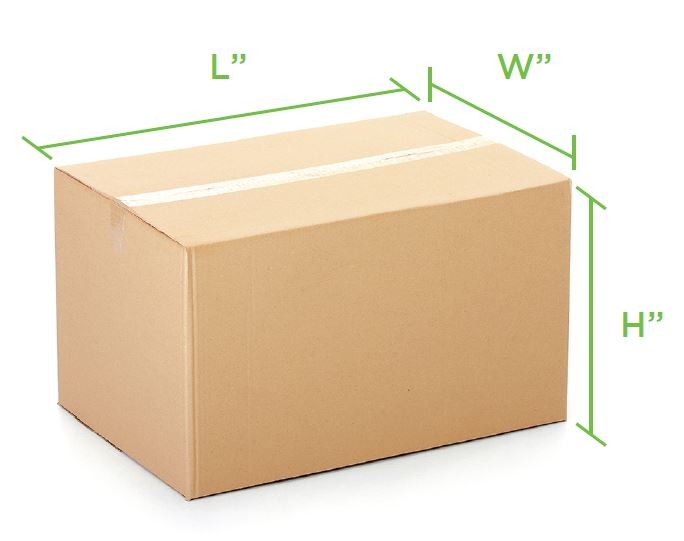Dimensional (DIM) Weight FAQs
|
October 29, 2024
|

Welcome to Dimensional Weight (DIM) Pricing!
DIM Weight is used by the all the major shipping carriers, including the USPS®, to help manage the logistics of moving shipments across the country. It helps the carriers optimize the delivery space on trucks, planes, and local delivery vehicles. We get asked a lot of questions about DIM weight, probably because these prices sneak up on businesses without them knowing it. If you ship large light items or have a lot of extra space surrounding the goods in your packages, you may feel the impact of DIM weight pricing on your bottom line.
Here are the most frequently asked questions on DIM weight:
What is dimensional weight?
Dimensional weight is used to calculate the shipping cost of larger packages with lower weights (aka light packages) that take up a lot of valuable space in a delivery truck or airplane.
Why is dimensional weight important?

Because of dimensional weight, sending large, bulky packages can get expensive and affect your business’s bottom line. Businesses should be aware of dimensional weight pricing and try to fit packages in the smallest packaging available. You can also explore flat rate shipping options to be sure that your shipments won’t be charged based on the dimensional weight.
How is dimensional weight calculated?
The dimensional package weight is calculated by multiplying the length, width, and height of a package. If the result is greater than 1728 cubic inches (1 cubic foot) divide by the correct divisor below.
UPS and FedEx divisor: 139
USPS divisor: 166
What carriers use dimensional weight?
The major carriers, FedEx®, UPS®, and USPS®, all use dimensional weight to price lighter packages that take up valuable space in a delivery truck or airplane. Although the USPS dimensional weight divisor is changing, they still offer the best dimensional weight pricing. The USPS dimensional weight divisor is 166 while the divisor for UPS and FedEx is 139—the lower the divisor the more expensive it is to ship your package.
What USPS services does it affect?
If your business ships larger, lightweight items you’ll want to listen closely as to what services are affected and how you can keep your shipping invoices down. DIM weight pricing affects Priority Mail, Priority Mail Express, and Parcel Select Ground packages that are over one cubic foot.
- Priority Mail
- Priority Mail Express
- Parcel Select Ground
What is considered a package?
A package is a large padded envelope, a carton, or even a tube that is longer than 12in x 15in or thicker than ¾ in. However, when in doubt, measure anything that is not a letter that looks like it may qualify for dimensional weight pricing.
Is dimensional weight required for padded envelope shipments?
It is always important to measure your packaging—regardless of type or even if it is carrier provided or not—to see if it is subject to dimensional weight pricing.
We want to hear from you!
If you have any other questions please enter them in the comments section below. If you'd like to learn more about dimensional weight or get updates about recent postage rate changes, sign up for our monthly newsletter in the footer below.
- Did You Know? (50)
- Mailing (148)
- News You Can Use (70)
- Opinion (3)
- Rate Change (57)
- Shipping (84)
- USPS (40)



Comments